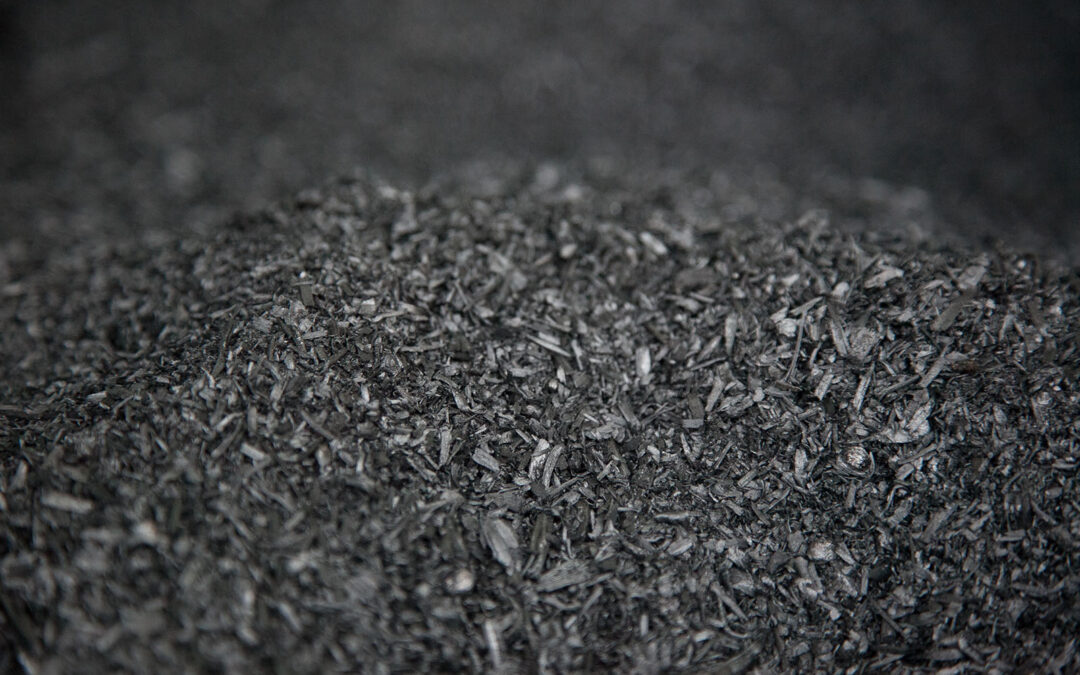Biochar has become a hot topic in discussions ranging from forest health to carbon sequestration, but is it really a panacea for forest management and climate challenges? The Forest Service answers “Yes” in Biochar Basics, published by the agency in 2022. “By turning excess forest organic material into economically and environmentally valuable biochar, managers can redistribute the beneficial properties of the organic material from overgrown and unhealthy forests to soils in need of restoration.”
Biochar is created using pyrolysis. Organic waste — slash from wildfire mitigation, for example — is burned in the presence of little or no oxygen. If this sounds familiar, it might be because the same process produces charcoal. In fact, biochar is charcoal. Instead of being burned like charcoal as an energy source, biochar is added to the soil to enrich degraded forestlands and sequester carbon.
Biofuelwatch, an international organization focused on the impacts of bioenergy, published Biochar: A Critical Review of Science and Policy in 2011 and published an update in 2020. The update points to multiple studies that reveal biochar is not a hoped-for cure-all. One report (He, et al., 2017) synthesized 91 studies to determine that adding biochar to soil actually increased global-warming potential by 46.22%.
One of the most significant claims from biochar promoters is that biochar carbon remains stable in soil for thousands of years. However, another study cited by Biofuelwatch demonstrates that applying biochar can actually increase carbon dioxide releases from soil through decomposition of biochar as well as pre-existing organic matter because adding biochar stimulates microbes that accelerate decomposition — essentially the opposite of carbon sequestration.
The other significant claim about biochar — that it delivers “negative emissions” — is also suspect, according to the Biofuelwatch report. The carbon accounting that produces this claim considers biochar a byproduct of using pyrolysis to produce energy. But the use of pyrolysis for energy production “on a commercial scale … has proven technically challenging, and most attempts to scale up pyrolysis have failed…. Co-production of biochar with energy in ‘modern advanced’ facilities remains technically unproven.”
When it comes to plant health, Biofuelwatch cites a report by Viger, et al., showing “positive growth effects” from biochar but accompanied by weakened plant protections “against insect and pathogen attack, as well as defense against stresses including drought” — critical factors in forest health, especially in Western forests where accelerated wildfire mitigation is producing the feedstock for biochar production.
The Biofuelwatch report concludes, “Biochar remains an unproven approach that simply should not be incorporated as a viable option to climate mitigation at this stage.”
Is biochar just another Forest Service justification for cutting trees? Considering carbon dioxide emissions from tree-cutting machinery and the loss of carbon-sequestering trees, perhaps it would be wise to stop looking for reasons to cut trees and let mismanaged forests find a natural balance.


